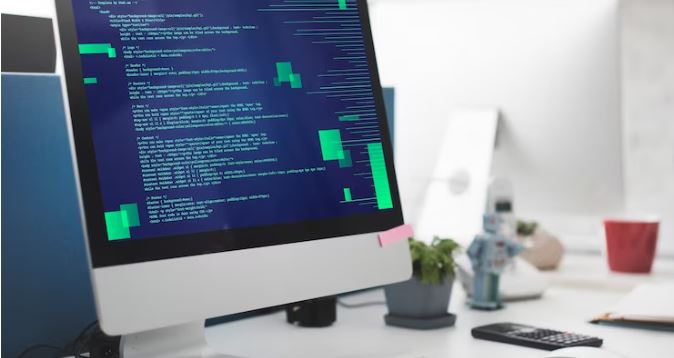Minified React Error Solved
In this article, we’ll discuss the Minified React error, which can sometimes occur while using React, a fantastic web development framework for creating fast and lightweight frontends with JavaScript. Although React is great, it’s not without its flaws, and one of the issues users might encounter is the Minified React error.

The Minified React error might seem confusing, but it’s essentially a problem that arises due to the way React code is compressed or minified for production. When this happens, certain error messages might become unclear or even misleading, making it harder to understand what went wrong.
Luckily, there are ways to address this error and find out the actual cause behind it. By following some simple steps and practices, you can make your React application more error-proof and easier to debug.
So, in this article, we’ll explore the reasons behind the Minified React error and provide you with helpful solutions to fix it. This way, you can enhance your React development experience and create smoother, more reliable web applications.
Is Web Development Dying 2023?
What is the Minified React error?
The Minified React error is an issue that can occur in React applications when they are in production mode and the code has been compressed or minified to reduce its file size. Modification is a common optimization technique used to remove unnecessary characters (such as whitespaces, comments, and newlines) from the code, making it more compact and faster to load.
The error typically manifests as a cryptic and hard-to-understand error message pointing to a line number in the minified code. Since the code is compressed, the error message doesn’t directly correspond to the original, human-readable code you wrote. This can make it challenging to pinpoint the exact source of the error and understand what caused it.

The Minified React error is often encountered when there’s a bug or an issue in your React code that only appears in production mode, as the development mode code remains unmodified and easier to debug. The error can be triggered by various issues, such as syntax errors, undefined variables, or problems with the dependencies and modules used in your application.
To effectively address the Minified React error, developers usually need to take a series of steps to make the error message more understandable and identify the root cause of the problem. These steps may involve creating source maps, using development builds for debugging, or adopting error monitoring tools to track and log errors in production. By employing such practices, developers can make it easier to troubleshoot and fix issues that arise in their React applications.
Top 10 Mobile App Development Tools
How to fix the Minified React error?
Fixing the Minified React error involves taking steps to make the error messages more informative and identifying and resolving the root cause of the issue. Here’s a step-by-step guide to help you address the Minified React error:
Use Development Builds for Debugging: During development, use the unmodified development build of React, which provides more descriptive error messages and makes it easier to trace issues back to the original source code. This can be achieved by ensuring you are running the development version of React in your development environment.

Create Source Maps: Source maps are files that link the minified code to the original, unminified source code. They enable your browser’s developer tools to map the error message back to the corresponding line in your original code, making it much easier to identify the issue. Ensure that you generate and include source maps when building your production code.
Check Browser’s Developer Console: When the Minified React error occurs in a browser, open the developer console to get more details about the error. The console may show the exact line number and file where the error originated, which can help you narrow down the problem.
Avoid Using production Mode During Development: React has separate modes for development and production. Avoid using the production mode during development as it enables aggressive minification, which can make error messages less helpful. Stick to the development mode for a more informative debugging experience.
Use React Error Boundaries: Wrap components that might be causing errors in React Error Boundaries. This technique allows you to catch errors that occur in the component tree and display fallback UI, preventing the entire application from crashing.
Thoroughly Test Your Code: Prioritize rigorous testing of your React application in different scenarios to catch and fix errors before deploying it to production. Automated testing, unit testing, and end-to-end testing are valuable practices to adopt.
Implement Error Monitoring: Consider using error monitoring tools and services that can help you track and log errors that occur in your production application. These tools provide detailed error reports, stack traces, and other diagnostic information to help you understand and fix issues quickly.
Review Dependencies and Compatibility: Ensure that all third-party libraries and dependencies used in your React application are compatible with the version of React you are using. Sometimes, compatibility issues with outdated or conflicting packages can lead to errors.
Consult React Community and Forums: If you encounter a specific Minified React error that you can’t resolve, don’t hesitate to seek help from the React community and forums. Often, other developers may have encountered similar issues and can provide valuable insights or solutions.
Conclusion
By following these steps and best practices, you can effectively tackle the Minified React error and create a more reliable and maintainable React application. Remember that debugging is an essential part of the development process, and with the right approach, you can overcome challenges and deliver a high-quality user experience.







